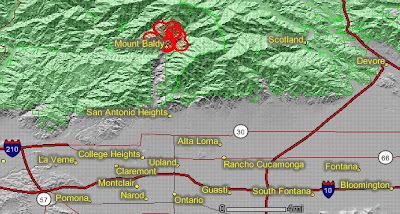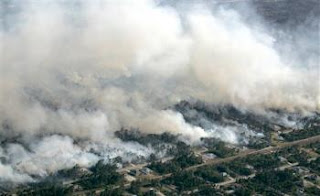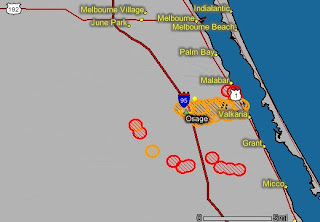KTVQ television in Billings, Montana did a story on the changes in Yellowstone National Park in the 20 years since the huge fires of 1988. At the site there is a link to a video. Below is the transcript:
Yellowstone Park: 20 years of recovery
Posted: May 12, 2008 08:23 AM
Updated: May 12, 2008 11:30 AM
During the summer of 1988, devastating wildfires scorched more than one third of Yellowstone National Park.
The catch phrase in Yellowstone this summer is “Come and see for yourself”.
So that’s exactly what we did as we joined the park’s vegetation expert on a guided tour to get an update on how the park is doing 20 years after the fires.
Driving along the narrow, winding roads of Yellowstone is like visiting the world’s largest Christmas tree farm. Yellowstone National Park vegetation expert Roy Renkin rode shotgun, and we learned more about lodge pole pines that we ever wanted to.
“The trees that you see out here were trees that were born when the cones in the lodge pole pines burn.’ Renkin said, “The fire burned through, and the heat melted the resin on the cones, the scales opened up and the seeds came out.”
But the story of the lodge pole pine is what dominates the Yellowstone landscape these days.
“All these trees out here are roughly the same age…they’re 20 years old.” said Renkin about the forest which was planted by the fires of 1988.
During, and after the 1988 fire storm, many people thought it would take the park hundreds of years to recover. Wyoming Senator Alan Simpson even predicted it would take a 1,000 years.
But just two decades later, Yellowstone may have never looked better.
“People can see for themselves that it’s well on its way of becoming what it was before it burned, but it will take quite a long time to get there,” said Renkin.
Even before the 1988 fires were finally snowed out, park naturalists, biologists and fire scientists were busy collecting samples and data on what they had just witnessed.
Yellowstone National Park Chief of Public Affairs, Al Nash, told the news station, “This was not just a big fire season. This was an extraordinary fire season”.
Ironically the fire storm of 1988 taught us more about forest health and fire behavior than any previous event.
“We were a little short sighted in predicting or forecasting what the park wag going to be like forever more” explained Renkin.
The story of Yellowstone’s recovery is the message park officials are quick to share.
“If the anniversary prompts people to come and investigate those changes, you know, that’s another great reason to come to Yellowstone” says Nash.
Shortly after Yellowstone National Park was established in 1872, it was referred to as “The best idea American ever had”. That’s still the case but you have to see it, smell it, and feel it to believe it.
In September there will be a conference in Jackson, Wyoming on the topic.





